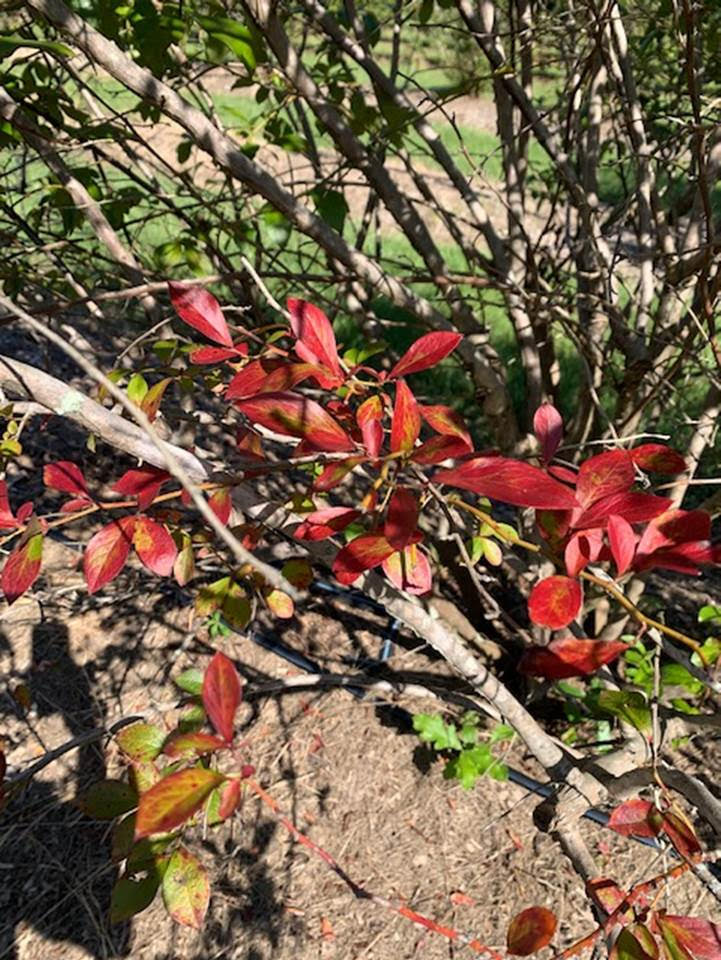Clemson Extension agents provide updates in the The South Carolina Grower this week about the status of various crops being produced throughout the state.
Coastal Region
Zack Snipes reports, “We had near perfect conditions for working in the fields this week compared to past weeks. Muscadine harvest is near complete and watermelons are beginning to be harvested. I sampled a good many blueberry fields this week with red foliage and weak plants. We have identified some bacterial leaf scorch in a few orchards and are hoping other farms don’t have this pathogen as well. There are currently no management options once this disease is found in blueberry. I also saw some herbicide injury on plants this week as well.”


Rob Last reports, “As planting season is well underway for fall crops, I am getting calls about suspected herbicide damage to sensitive crops. Symptoms include stunting of the plants; discoloration, be that yellowing or bleaching. There are several steps to preventing issues associated with herbicide damage. Firstly, make sure your spray application equipment is cleaned carefully according to the product’s label to be applied. The process could be as simple as a triple wash or may need to wash out using a tank cleaner, again following directions on the label. Secondly, be sure of the plant back restrictions for herbicides applied to the previous crops. Many residual (soil acting) herbicides can have significant effects on sensitive crops. Remember to always follow the label, and if you are in doubt, ask an Extension Agent for help.”
Midlands
Justin Ballew reports, “It was a little warmer this past week, and it has gotten dry. Lots of irrigation has been running lately. Caterpillar populations remain high in brassica crops, and growers are making treatments. Remember, it is important to use a surfactant with caterpillar insecticides when spraying brassica crops like collards, kale, cabbage, broccoli, etc. The waxy leaf coating makes water bead up and roll right off the leaves. A surfactant helps the spray droplets spread out and stick to the leaves. Forgetting a surfactant can make insecticides appear to have poor efficacy even when the insect population is in fact sensitive.”
Upstate
Andy Rollins reports, “Fall blackberry production on Primeark 45 has been exceptional this year. Spring crop was killed out and seemed to force better than normal fall production. Muscadine picking is also in full force still, and quality is excellent. We are finished bedding for strawberry and some growers already have their plants in the ground. Close inspection of plug plants for blackened roots is extremely important. Also, please make sure plants are properly planted. This is especially true for cutoff and bareroot plantings. We are also getting new ground ready for peach plantings in 2022. Incorporation of lime and phosphorus at this time is critical for long-term success in this instance. Many times lime recommendations need to be doubled to achieve the desired pH.”


Kerrie Roach reports, “With a significant loss in the apple crop from the late April cold event in the Upstate, growers have had to work together to keep things available for customers. The reduction in spray applications throughout the season has shown through on the crop that remained on the trees. This tends to be a pay-for-it-now, or pay-for-it-later kind of situation. End-of-season and dormant applications are going to be that much more important for the 2022 growing season. Muscadines are really starting to come in strong, and figs are just about to finish in the next week or so. Last week was beautiful, but this week looks to be filled with rain and cooler temperatures. Keep an eye on fall planted crops and monitor closely for disease activity.”









